By Jemena
As you walk towards the new Malabar Biomethane Injection Plant, a dark-green dome dominates the scene, stretching up some eleven metres in height. It looks something like a cross between an oversized Swiss Ball escaped from a gym and something that little green men might have landed in recently.
Jemena’s General Manager Renewable Gas, Linda Cardillo, explained that the abrasion-resistant, ultraviolet-resistant and flame-retardant dome is where raw biogas produced at project partner Sydney Water’s Malabar Water Resource Recovery Facility (WRRF) is stored, ahead of having carbon dioxide and other contaminants removed by the upgrader on site.
“In an Australian first, this biomethane is then injected into the Jemena Gas Network, which is something we’re really proud of achieving,” Ms Cardillo said.
“This demonstration project is designed to show the potential for transforming organic waste – in this case, what Sydneysiders are flushing into the sewage system – into a renewable gas that can be used in the New South Wales gas network, and with existing appliances and manufacturing processes.
“We see great potential for a biomethane sector in helping Australia reach its net zero emissions targets. “Using biomethane in the network means we can put to use the gases that would be naturally produced and released into the atmosphere as organic waste degrades.”
Project details
The Malabar Biomethane Injection Plant is a demonstration project, co-funded by Jemena and the Australian Renewable Energy Agency (ARENA), with an initial capacity of 95 terajoules (TJs) per annum – the equivalent to the average yearly gas use of around 6,300 New South Wales homes.
Depending on the quantity of biogas Sydney Water can produce on site, this could be scaled up to around 200TJs– equivalent to the average yearly gas usage of around 13,300 New South Wales homes per year.
For many years at the Malabar WRRF, one of Australia’s largest wastewater treatment facilities, Sydney Water has produced biogas onsite through anaerobic digestion – the process through which bacteria breaks down organic matter. Until the new biomethane plant was developed, this biogas had primarily been used to power the facility, with excess biogas burned or flared.
Now, this biogas is being upgraded to a quality that meets the required specifications (Australian Standard AS4564:2020) for injection into the natural gas network as compliant gas. Ground was broken on the project in July 2022, and biomethane meeting the required quality was first injected into the network in June 2023.
To design and deliver the facility, Jemena partnered with Zinfra, which led engineering, procurement and construction, including constructing the transfer station and pipeline that enables gas from the plant to be injected into the Jemena Gas Network.
The Zinfra team worked with partners, including Eneraque, to deliver the technology needed to remove contaminants and CO2 from the raw biogas, including the biogas buffer storage dome, the CO2 removal system and a cooling package.

The Malabar Biomethane Injection Plant is located in Sydney Water’s Malabar Water Resource Recovery Facility in Sydney’s south-east
Biomethane sales and renewable gas certification
At the time of going to print, the Malabar Biomethane Injection Plant was to become fully operational in a matter of weeks, producing increasing volumes of gas to inject in the network. Jemena has signed an agreement with Origin Energy for the sale and purchase of biomethane produced onsite, where Origin will offer business customers the option to benefit from the renewable gas.
In announcing the deal in March, Jemena Managing Director, Frank Tudor, said that the company was thrilled to have reached this agreement.
“We received broad interest from a number of retailers when we initially approached the market with an offer to purchase biomethane, and we are thrilled to have agreed to sell the renewable gas to Origin,” Mr Tudor said.
“This announcement is proof that renewable gases, such as biomethane, are commercially viable and that there is significant appetite from the market for it as part of the future energy mix.”
Alongside this sales agreement, Jemena highlights the importance of a nationwide biomethane certification accreditation and certification scheme – similar to how renewable electricity is certified – which would allow customers to count the use of renewable gas towards their emissions reduction endeavours.
Towards this end, Malabar’s biomethane will be the first renewable gas to be assessed through a pilot GreenPower renewable gas accreditation scheme. The GreenPower scheme, scheduled to start in mid-2023, will offer a way for network connected commercial and industrial gas customers connected to the gas network to offset the emissions from their gas use.
Why biomethane?
Ms Cardillo said that Jemena is investing in demonstration projects like Malabar because biomethane is a ‘here-and-now’ option that could help Australia achieve its emissions reduction targets.
“Unlike the perhaps more frequently discussed green hydrogen, biomethane can be used in appliances and manufacturing processes that currently use natural gas, as it has a chemical composition very similar to natural gas, just produced from a renewable resource – organic waste,” Ms Cardillo said.
Biomethane can be produced by capturing biogas from a range of decomposing plant and animal sources – agricultural waste, landfill and waste water. “When this biogas is captured, processed and repurposed, we’re removing CO2, hydrogen sulfide and other contaminants safely from the gas, and putting the upgraded gas to use for transportation through the network – greenhouse gases that would otherwise be released into the atmosphere.
“And as the volume of biomethane and other renewable gases in the network increases, it will displace fossil fuels.” According to the Australian Renewable Energy Agency’s Bioenergy Roadmap, released in 2021, Australia’s bioenergy sector has the potential to help to lower emissions by about 9 per cent by 2030.
A February 2023 ENEA report for Energy Networks Australia projects that depending on the level of policy supports in place, enabling biomethane and renewable methane production in Australia could contribute to an overall Scope 3 emissions reduction of up to 31 per cent for the gas industry.
In addition to reducing overall emissions, other potential plusses of biomethane and the development of a bioenergy sector include a potential contribution of around $10 billion in extra GDP each year, the creation of 26,200 new jobs and the diversion of an extra six per cent of waste from landfill.

The Malabar Biomethane Injection Project has an initial capacity of 95TJs per annum. Image credit: Cassandra Hannagan
A future flush with renewable gas
Jemena’s research has found that in New South Wales alone there are enough potential sources of biomethane – wastewater plants, landfill and food, agricultural, and crop waste – to generate about 30 petajoules of biomethane each year. This is approximately enough gas to meet the needs of all of Jemena’s current residential customers in New South Wales.
This potential is echoed around Australia – the Bioenergy Roadmap states that the country’s theoretical bioenergy resource potential, if harnessed, could be more than 2,600 petajoules per year – more than 40 per cent of Australia’s current primary energy supply.
“Biomethane is a pathway that can’t be ignored in Australia’s race to net zero emissions by 2050,” Ms Cardillo said.
“A lot of current discussion revolves around electrification as being the pathway to get Australia to net zero, but with the scale of the challenge in front of us – including the challenge to reduce emissions for manufacturing sectors that use gas as a feedstock and where electrification isn’t currently an option – we really need to be looking to use every available option.
“The full costs of electrification both for customers at the individual level, and at a systemic level for Australia aren’t well understood – as well as the significant practical challenge for Australia in building the amount of additional electricity infrastructure that would be needed.
“A hybrid energy system, where we continue to use Australia’s extensive gas networks to transport increasing volumes of renewable gas, as a complement to renewable electricity, could see Australia reaching its net zero targets more affordably, sustainably and securely.”
Modelling by Frontier Economics – from November 2021 – found that this approach, when compared to the cost of full-electrification, would see consumers avoid between $12 billion per annum in systems costs. “We can see this hybrid approach internationally,” Ms Cardillo said.
“While biomethane might be in its early days in Australia, it is widely acknowledged as a viable source of renewable energy, and an important part of a future lower-carbon energy system, in many countries, particularly in Europe and the United Kingdom.”
In Denmark, for example, biomethane supplied more than 25 per cent of gas demand in 2021, and this is projected to increase to 70 per cent or more by 2030. In the UK, more than 80 biomethane plants are connected to their gas grid.
While that level of production is still in Australia’s future, Jemena hopes that having the country’s first biomethane-to-gas-network project up and running will ignite a new renewable energy industry – one with great potential to support Australia’s energy transition.
Featured image: Malabar Biomethane Project and Linda Cardillo. Credit: Cassandra Hannagan



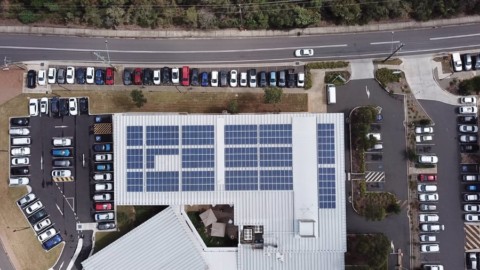
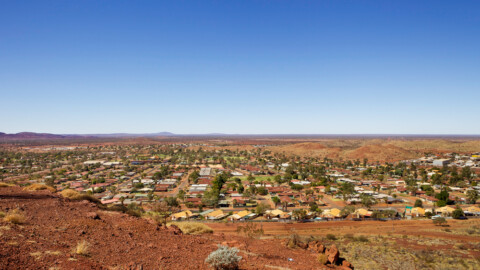
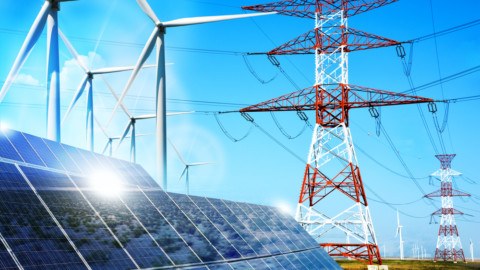




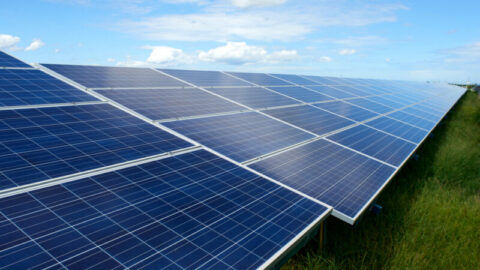
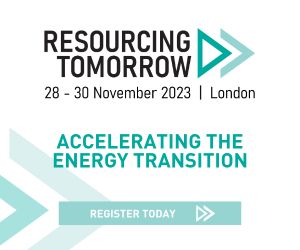






Having just returned from Germany these plants are all over the south. Our family informed me that they are powered by local-grown corn, and or sunflower plants and are used in conjunction with waste from cattle. The energy generated is provided to the local towns (both gas and electricity) with any surplus being fed back into the grid.